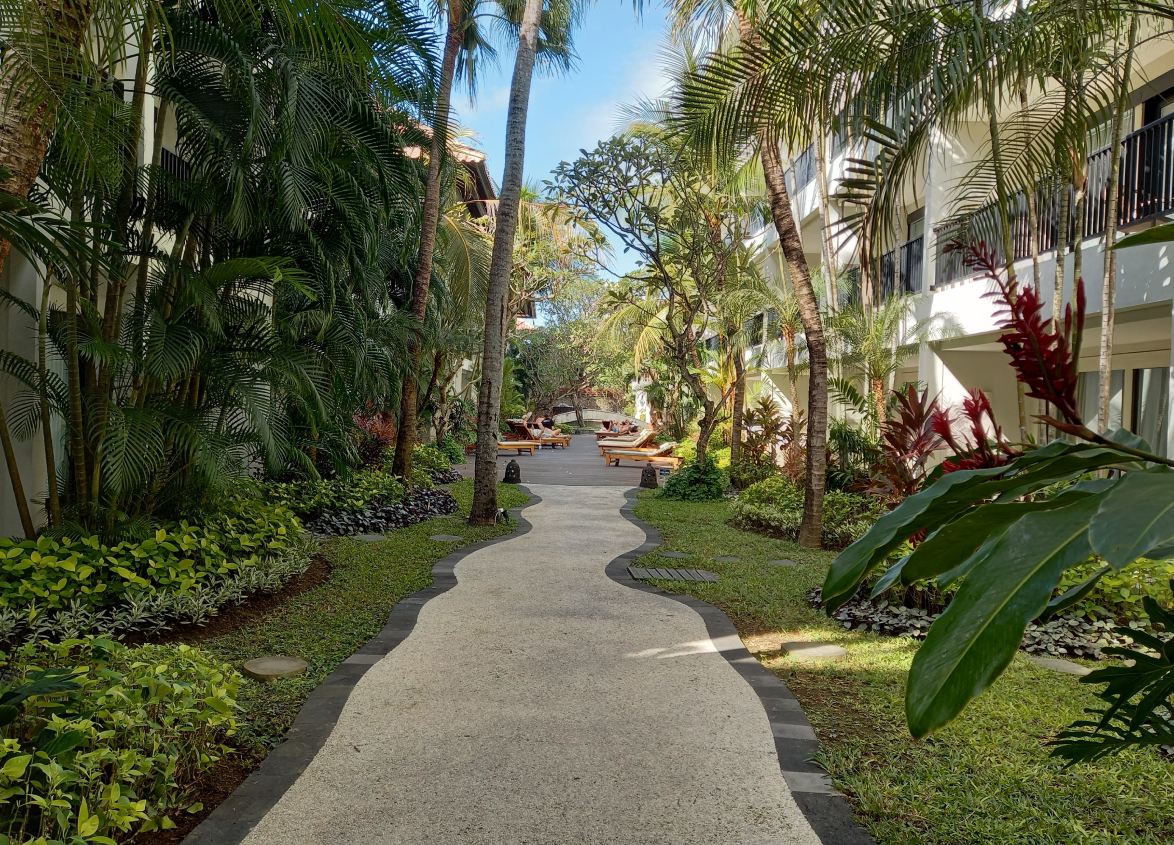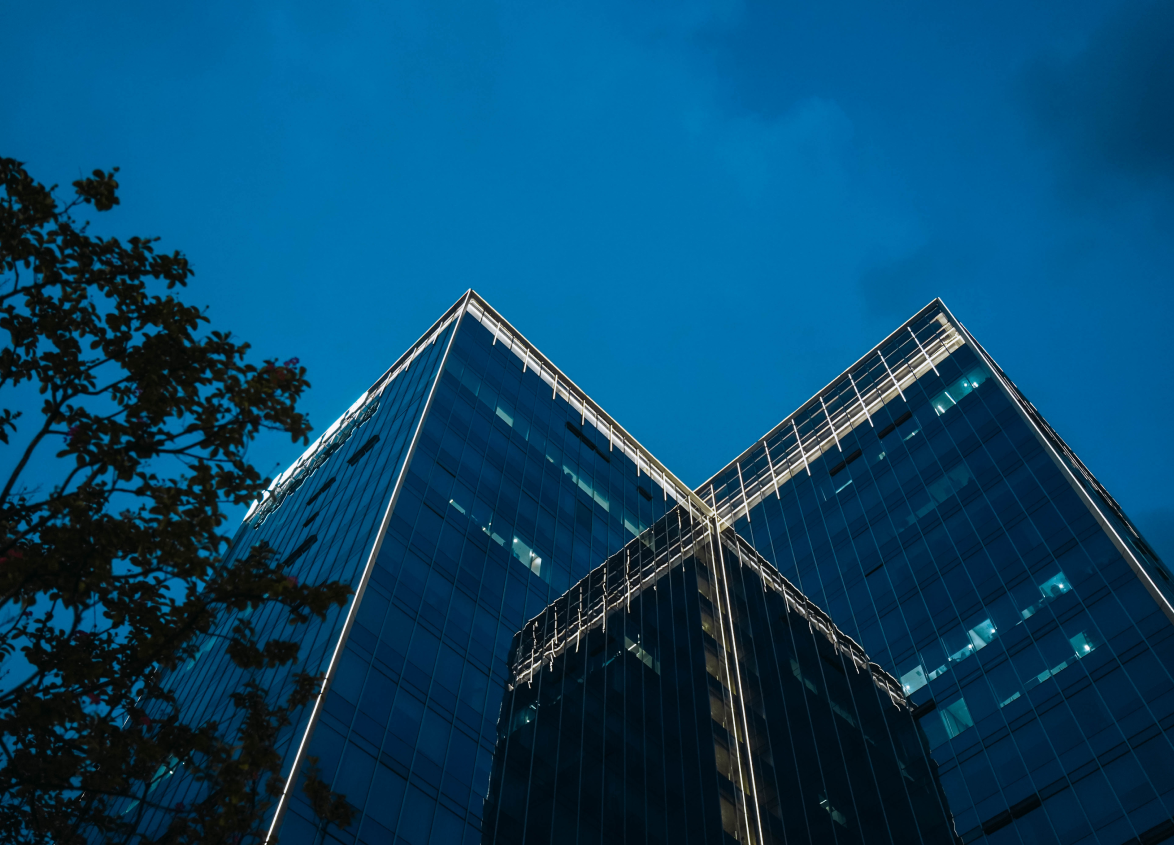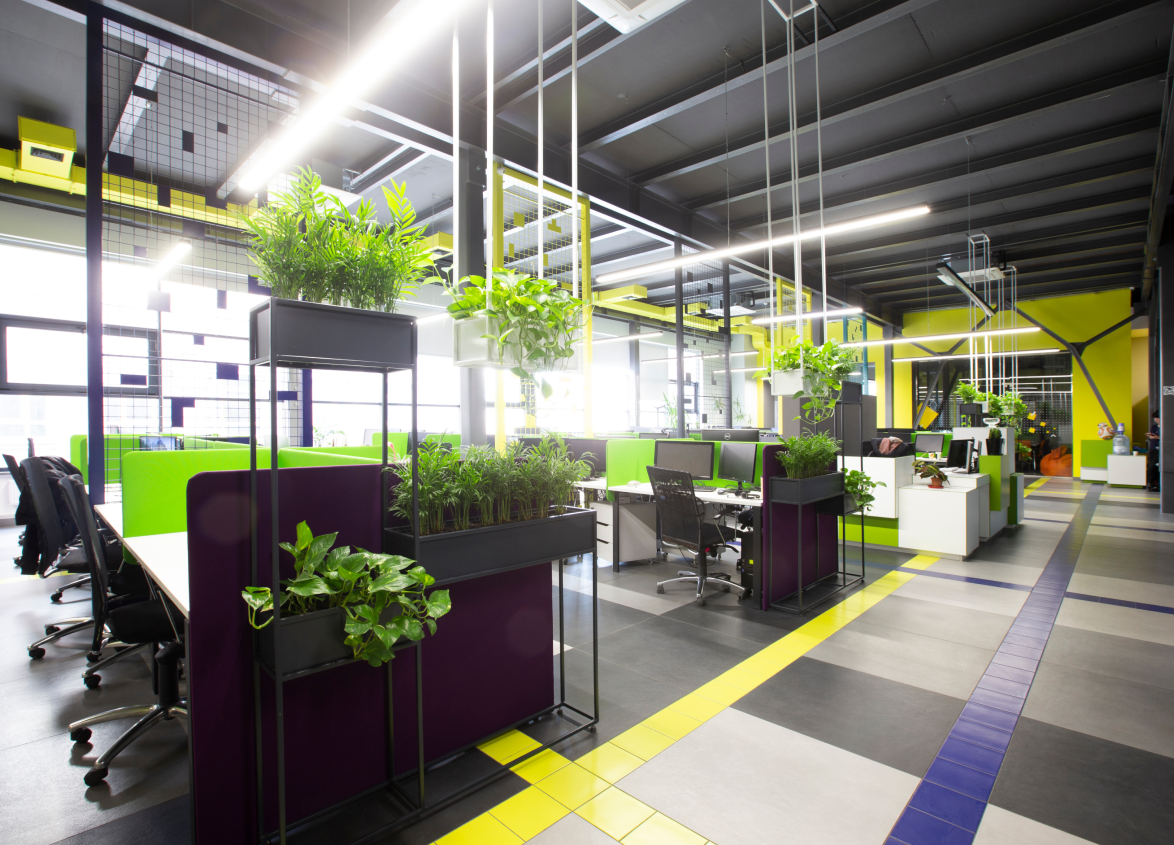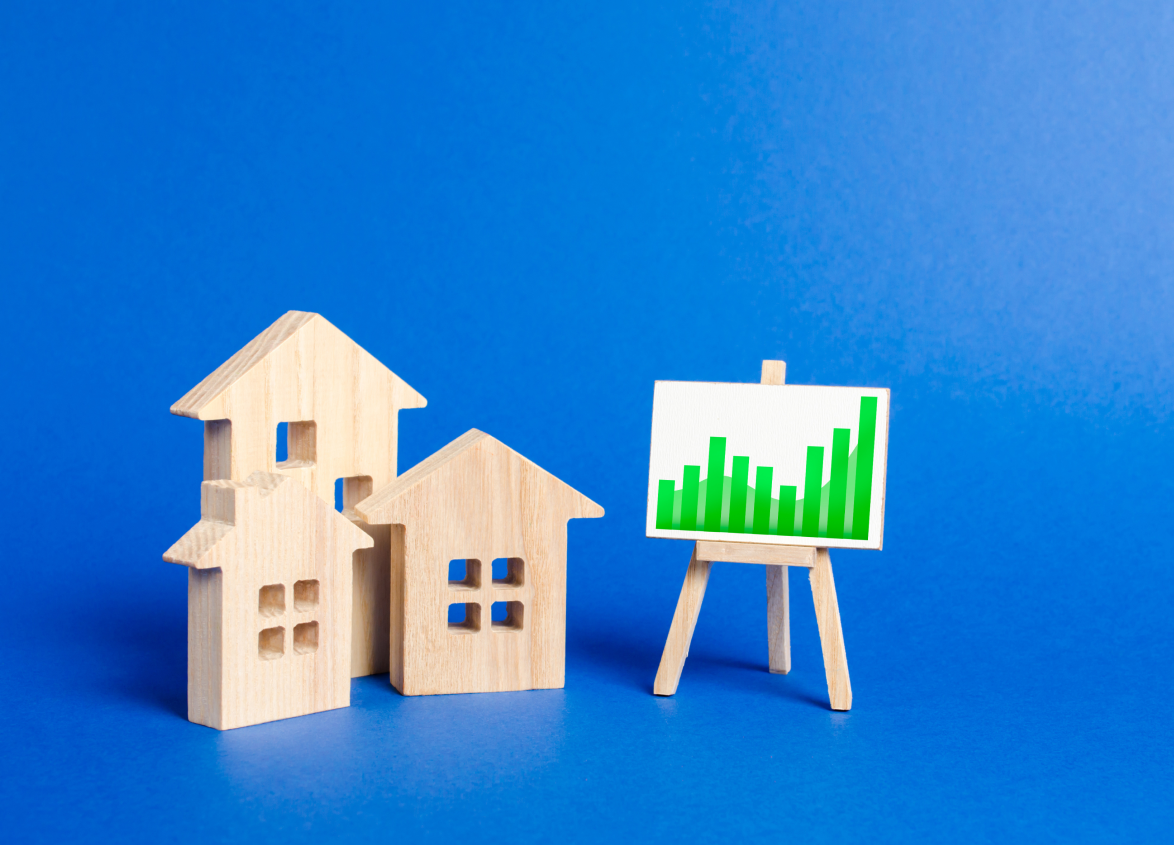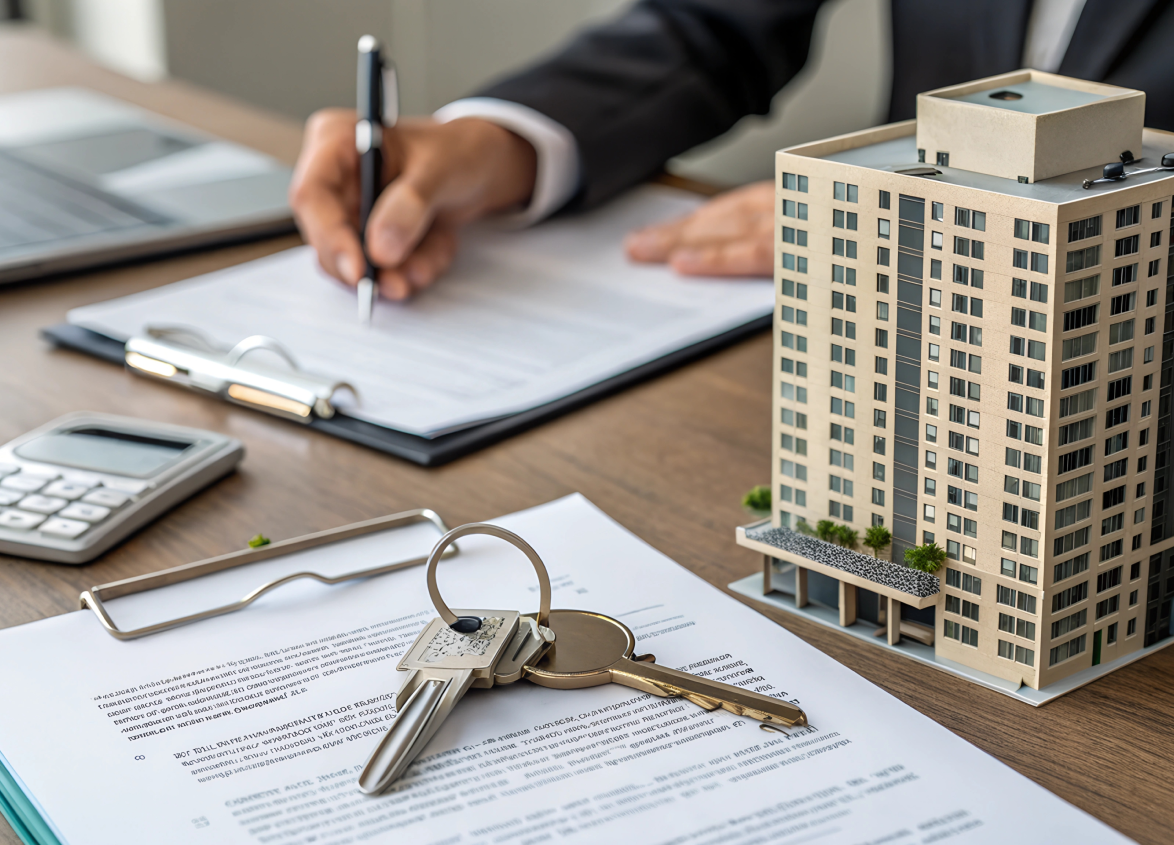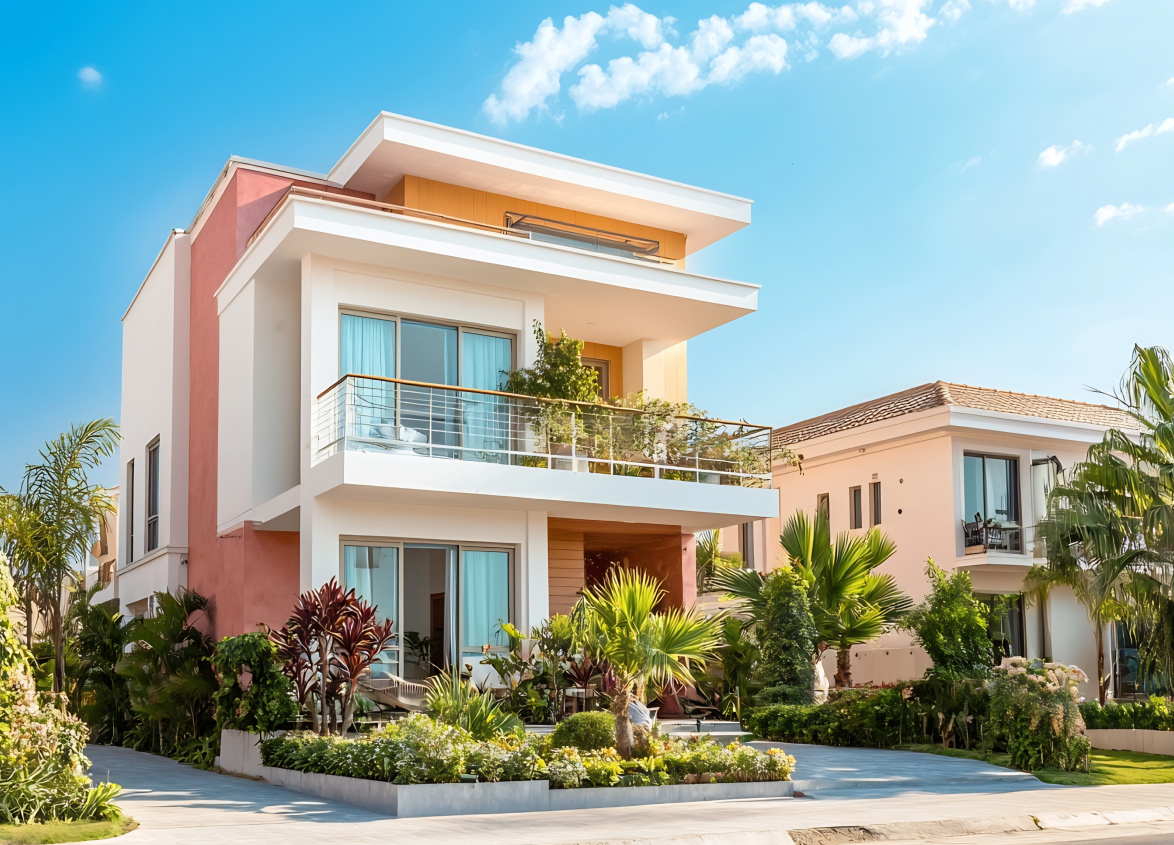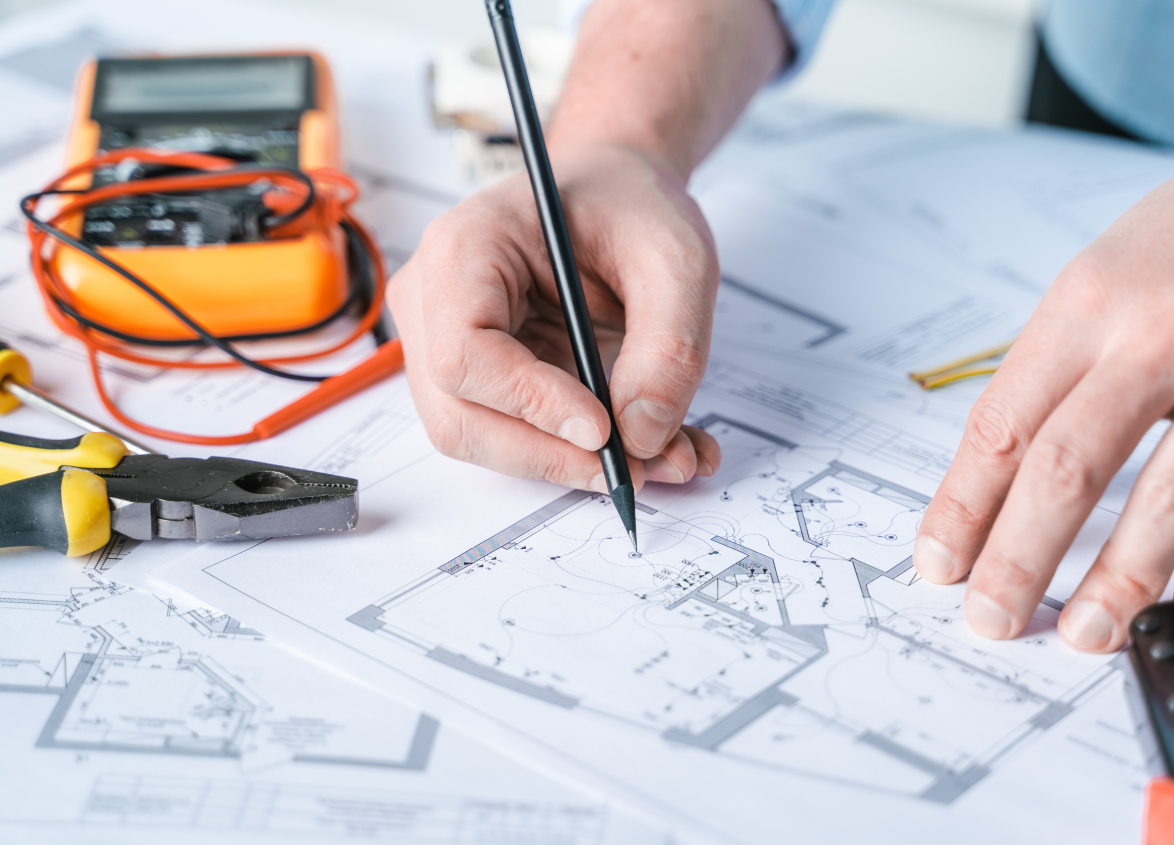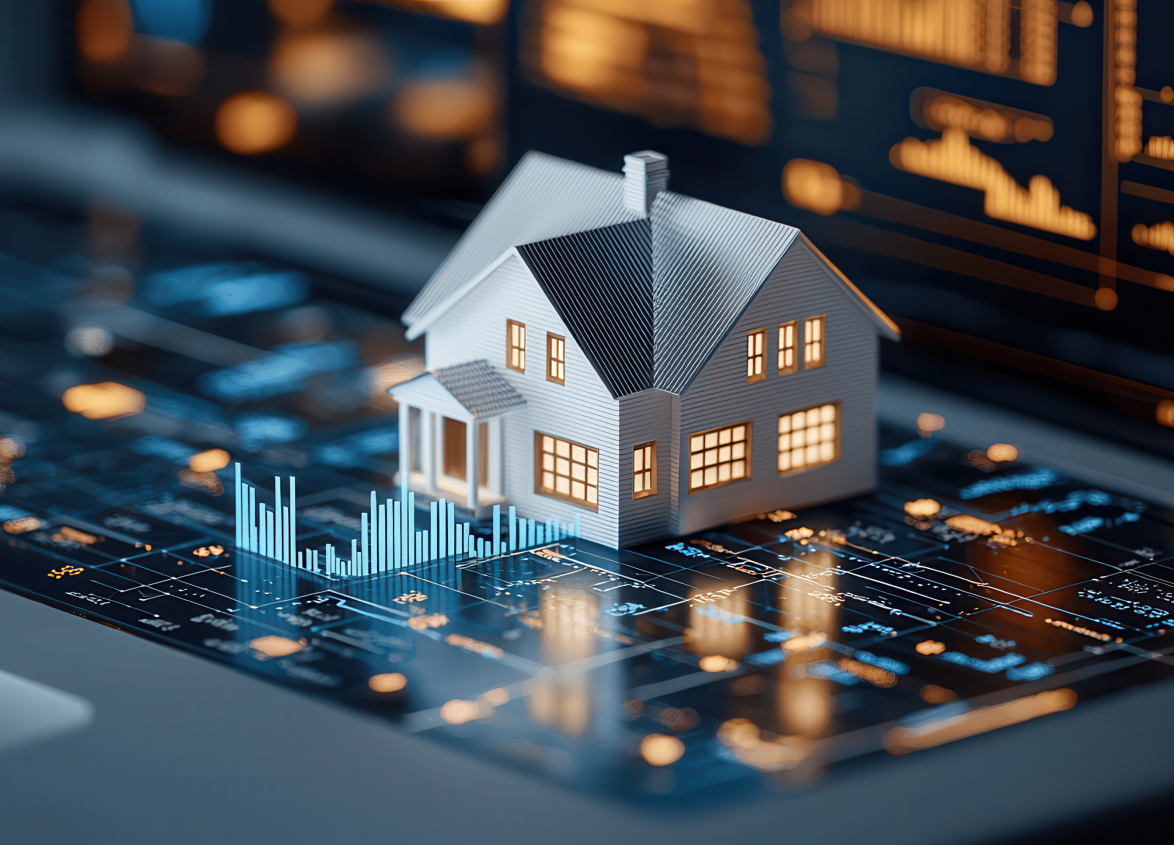
Foundation
The Role of Green Building Certifications in Sustainable Real Estate
October 09, 2024
Given the increasing awareness of the effects of construction and the built environment, sustainable real estate practices are now well sought. Among the changes, the following is worth mentioning: an increasing interest in green building certifications essential to sustainable real estate development. Obtaining these certifications is not a mere formality; they are an investment towards enabling sustainable living.
Let us discuss the fundamentals of green buildings, understand why green building certifications are used in sustainable real estate and explore the future of green building certifications.
What is a Green Building?
A green building is a structure that, in its physical form, has minimal detrimental effects on the environment and fosters sustainability. This type of building uses less energy and minimises waste while utilising resources to provide a suitable environment for the occupants.
It also provides better indoor air quality, natural daylighting and improved thermal sensitivity, which promotes a healthier indoor environment and productivity. In the larger picture of sustainable real estate, green buildings play a critical role in shaping a built environment that has fewer environmental effects and offers more value to users.
What are Green Building Certifications in India?
Green building certification formally confirms that a building complies with conventional environmental and sustainable standards. In India, a few green building certifications rate numerous aspects of sustainable construction, including energy, water, indoor environment quality and resource efficiency. These certifications act as a measure for assessing the performance of buildings from an environmental management perspective and foster high rates of environmentally friendly developments from developers and builders.
Major Green Building Certifications in India:
LEED (Leadership in Energy and Environmental Design)
The U.S. Green Building Council (USGBC) uses LEED as a professional rating system to verify the sustainability of buildings worldwide. Currently, IGBC is the approving body for LEED certification in India. It assesses buildings for results in energy consumption, water product usage and indoor air quality, among other things.
IGBC Green Building Rating System
The IGBC focuses on residential, commercial and industrial construction specifics. These ratings give an educated estimate of how sustainable a particular building is, considering the site selection, the water and energy source and the quality of the indoor environment.
GRIHA (Green Rating for Integrated Habitat Assessment)
The GRIHA is an Indigenous green building rating system developed by TERI and accredited by MNRE. It aims to reduce buildings' ecological footprints throughout their life cycle, including design, construction, use and deconstruction.
Energy Efficiency Status BEE (Bureau of Energy Efficiency) Star Rating
The BEE Star Rating system rates the energy performance of retail buildings relative to their operational energy performance. The rating system must be applied to improve energy-saving processes within the real estate sector.
Importance of Green Building Certification in Sustainable Real Estate
Building certification is fundamental in spreading sustainable real estate. It offers an organised approach to assessing and improving the sustainability of structures, enabling them to adhere to specific environmental performance indicators.
Here are some reasons why green building certifications are essential in the context of sustainable real estate:
Increased Environmental Sustainability
It is true to say that green building certifications enhance environmental sustainability by decreasing the negative consequences. The creation and management of buildings encourage efficiency in saving energy and water, minimizing waste and using non-toxic building materials. A certified building is designed to be less environmentally unfriendly and play a part in conserving the environment.
Constructions are More Saleable
Green-certified constructions tend to be more saleable and valuable. Research has shown a rise in buyers' and tenants’ demand for green buildings that reflect their environmental consciousness. Professionally accredited green structures can rent spaces more easily, secure better-quality occupants and have reduced or comparable vacancy levels.
Compliance with Regulations
Most green building certifications integrate with government policies on sustainability and incentives. Under these regulations, developers and builders can attain the famed ‘green’ label for their construction augmentation and access incentives, such as tax credits and grants.
Enhancing Occupant Well-being
Green buildings offer a healthier and more comfortable environment for the occupants. Some of these requirements concern the quality of the internal environment, such as air quality, lighting and thermal conditions, which positively impact the health of the occupants.
Reducing Operating Costs
Green buildings are more energy—and resource-efficient and cheaper to run throughout their lifespan. Organizations occupying certified buildings can enjoy lower energy and water consumption rates, maintenance costs and higher efficiency.
Criteria for Green Building Certification
The Green Building Certification criteria cover several aspects of sustainability, including:
Energy Efficiency
This criterion assesses the energy the building consumes to meet all its needs. Existing and new buildings can be graded on their Energy STAR scorecard depending on the efficiency of energy systems, renewable power and energy efficiency measures.
Water Conservation
Developing standards for green building certifications: The building management looks at the amount of water used in constructing the building and the measures taken to conserve water. This includes using water-saving devices, rainwater harvesting systems and methods for treating wastewater.
Sustainable Materials
Environmentally friendly, non-hazardous and locally sourced materials are used in the construction. Construction timbers are assessed for the sustainability of the building material and the environmental impact of the supply chain.
Indoor Environmental Quality
This criterion is related to air quality, light, sound and thermal conditions. Energy conformity in green buildings requires occupants to provide high-quality accommodation in an indoor environment.
Site Selection and Planning
The positioning and design of a building are also considered when getting a green building certification. Buildings should be placed in zones that support such forms of transport as cycling and walking or where interference with the natural landscape, fauna and flora is limited.
Waste Management
Green buildings are assessed on how they manage waste, recycle, compost and correctly dispose of construction waste.
Innovation and Design
The certification process awards particular additional points to facilities that have shown creativity and leadership in building sustainability. New ideas and innovative styles for making the building more sustainable add to the certification points.
Who certifies a Green Building in India?
Several organisations in India conduct green building certifications that conform to specific sustainability standards. These include:
Indian Green Building Council (IGBC)
IGBC is one of India's premier green building councils. It provides accreditation to green buildings under different registers. IGBC certifications are popular in the Indian context and are essential in the real estate business.
The Energy and Resources Institute (TERI)
The GRIHA rating system is provided by the TERI—The Energy and Resources Institute—and is recognized by the Indian government. GRIHA certifications are highly directed towards aspects of the environment in buildings from their construction to use.
The Bureau of Energy Efficiency (BEE)
The BEE measures and certifies buildings' energy efficiency. BEE Star Ratings help evaluate a building's efficiency and are mandatory in several government policies.
Leadership in Energy and Environmental Design (LEED)
Provided by the IGBC, LEED certifications are international and are granted according to many sustainable building criteria. Holders of LEED certificates are regarded as pioneers in sustainable green real estate practices.
Trends and the Future of Green Certifications
Increased Adoption
Sustainability is slowly becoming an essential factor in the development of buildings and in an individual’s decision to purchase a building or not. The rapidly growing construction industry will demand increased certification to cover the market niches and legal specifications.
Integration with Smart Technologies
IoT and AI in green buildings are gradually gaining popularity among inhabitants and structures. These technologies can increase energy efficiency and monitor environmental and building conditions. So certification plays a vital role in maintaining the account of environmental impact.
Focus on Net-Zero Buildings
There is an increasing trend towards ‘net zero’ buildings that generate little or no energy demand. Regarding green building certifications, new trends are toward including and promoting net-zero buildings to encourage stable, self-contained structures.
Global Harmonization of Standards
The trend of green building standards and certifications is a centralized approach emphasizing regional standards and codes. This will facilitate multinational companies' getting certifications and sustainability on the global level.
Emphasis on Social Sustainability
In addition to environmental impact, green building certifications extend the parameters of achievements under social sustainability, such as the influences on communities. All these management approaches depict a comprehensive concept of sustainability, which concurs with sustainable development objectives.
Why Care About Green Certifications Now?
Environmental Responsibility
The certification proves that you are an environmentally friendly organization. It entails a positive approach to managing building impacts and creating a sustainable environment.
Market Competitiveness
It is now commonplace to hear about the environmental factors that play a critical role in the choice of product. Therefore, green certification provides your real estate projects with a competitive advantage. Certified construction management buildings also benefit from being more appealing to people conscious of their environmental impact.
Regulatory Compliance
Socially, increasing political developments aim to regulate the environment because of improved standards. Green certifications in your projects assist you in adhering to these regulations and keep you away from likely penalties.
Long-term Cost Savings
Energy-efficient green buildings provide benefits that prove cost-effective over time. In the long run, the cost of acquiring green certifications can be relatively high, but with time, one realizes that they offer a lower cost of operation and a better return on investment.
Future-proofing
Green certifications are your safeguard today for projects that will make sustainability mandatory in the future. They ensure that your buildings conform to the advanced measures and level of greenness that society expects.
Green Building - A Collaborative Vision for a Sustainable Tomorrow
One may say that green building certifications are much more than the latest trend; they are an integral part of green real estate. Due to the use of set and enhanced environmental standards in the certification processes, these accreditations assist in developing a constructed environment that has improved sustainability, stability and quality of life. As the real estate industry progresses, green building certifications will be given more attention.
Now, it is no longer just about minimising the adverse effects of an organisation and its product on the environment but about envisioning and creating a shared future. Using green certifications in real estate projects is a way to meet sustainable development objectives and the climatic change crises. For developers, builders, investors and occupants, getting green building certifications is a pledge to the earth's well-being and future generations.
FAQs
What is sustainability in real estate?
Sustainability in real estate management is delivering a built environment that considers the natural environment and implements measures to create a quality environment for users, promoting their well-being.
How many green building certifications are there?
The most popular certification schemes for green buildings are LEED, IGBC Green Building Rating System, GRIHA and BEE Star Rating. These certifications evaluate many components of sustainable constructions, such as energy performance, water efficiency and indoor environmental quality (IEQ).
What are the benefits of green building in sustainable real estate?
The advantages of green buildings in sustainable real estate are numerous, as they minimize the adverse effects of developments on the environment, cut operating costs, improve indoor air quality and increase the well-being of occupants.
MUST READ
Looking for something specific?
We'd be delighted to help you.



